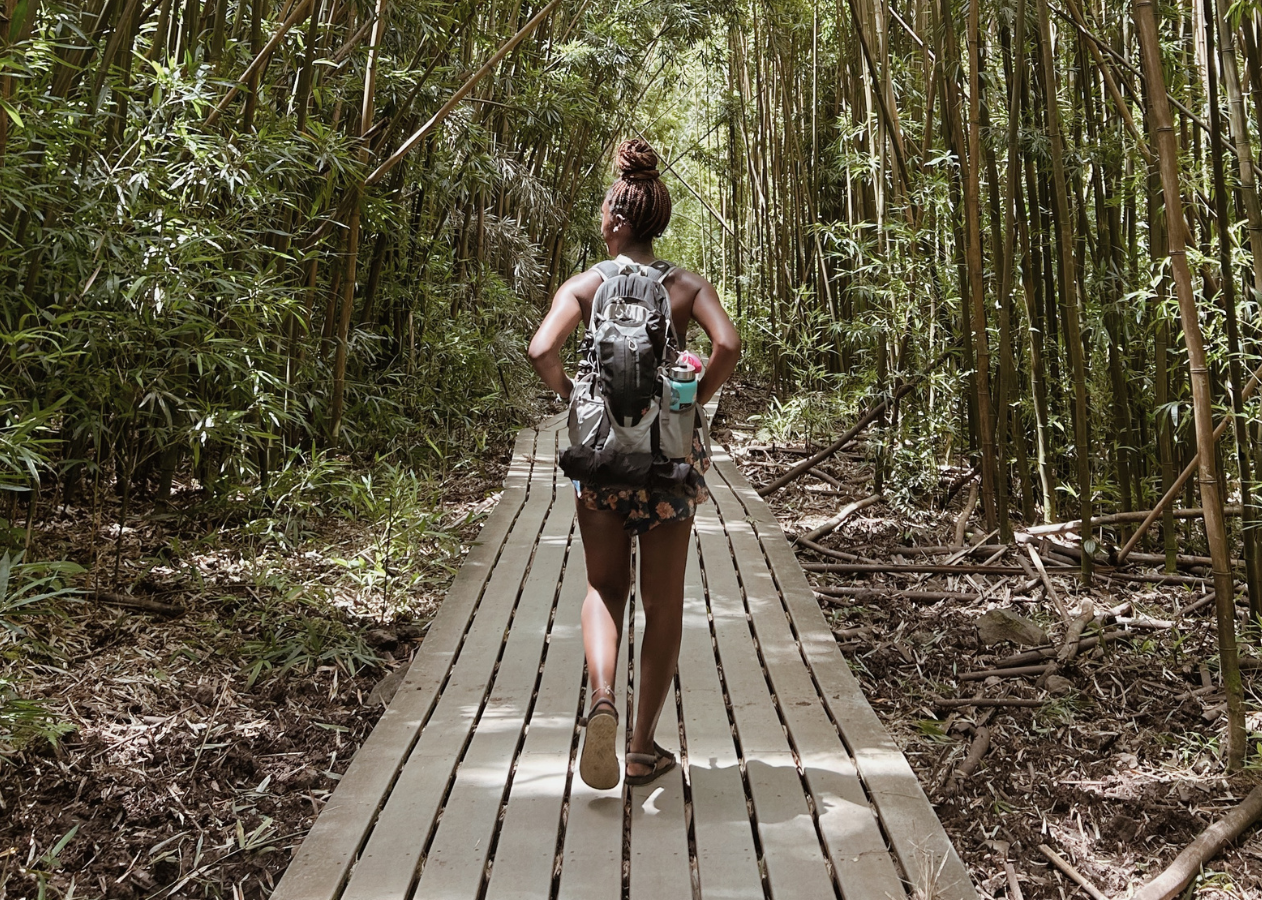Whenever many of us think about vacations, long jam-packed itineraries usually come to mind. Every single day of the vacation is planned to the minute — what time to wake up, what time to get breakfast, what time to sight-see this attraction, what time to sight-see that attraction, what time to eat lunch and dinner, and what time to sleep and repeat the whole thing again the next day. After all, what’s the point of traveling if you don’t do as much as you can with the little time that you have?
The thought of anything but a hectic travel experience that is characteristic of conventional tourism is difficult to imagine. However, there is an alternative to traveling that turns the dial down and is attractive to those who dread the traditional form of traveling: slow travel.
What is slow travel?
Simply put: Slow travel is a way of traveling that values mindfulness and full cultural immersion over frantic sight-seeing and back-to-back activities. This means incorporating pace and flexibility while looking for ways to conserve one’s energy and wellness as well as seeking various ways to reduce environmental one’s footprint.
What’s more is that slow travel can range in duration, offering more time to explore your chosen destination.
How long is slow travel?
Slow travel can range from a few weeks to a few months.
This is the beauty and attractiveness for some travelers who want to become acquainted and familiar with various cultures at a more intimate level.
Many travelers tend to engage in work-exchanges to accommodate their stays or rent apartments or Airbnb’s while they’re exploring their chosen destination.
(Fun fact: I actually participated in a work exchange while visiting Hawaii for two months. Check out my experience here!)
What are the benefits of slow travel?
Slow travel encompasses a myriad of benefits not only for you as a traveler but also to the environment.
When we choose slow travel over conventional tourism, we are choosing to slow down just enough to fully digest experiences and avoid burnout from strenuous days of sight-seeing and activities. This allows you to immerse yourself in a culture longer and can result in deeper connections and education.
Additionally, slow travel grants you the opportunity to reduce your environmental impact by consciously choosing to prioritize more sustainable transportation (i.e. trains, buses, carbon-intensive flights) and support economic sustainability in the location you’re exploring by supporting local businesses — all of which is harder when we’re rushing through our vacations.
Benefits of slow travel:
- Time to fully digest experiences
- Cultural immersion
- Burnout avoidance
- Opportunity to support local businesses
- Chance to reduce environmental impact by engaging with other modes of transportation
- Opportunity to make friends and connections
How to slow travel?
At this point, you’re probably excited about the idea of trading in your conventional tourism hat in exchange for slow travel but you simply don’t know where to start. Don’t worry I’ve got you covered!
Here are some ways you can incorporate slow travel practices:
- If you have a flexible job and responsibilities, try extending the duration of your trip to a few weeks or months.
- Loosely plan activities, leaving room for spontaneity and adventure
- Research and explore areas of your chosen destination away from “touristy areas” (do this safely and do your research).
- Choose public transportation, walking, or biking around your chosen destination instead of Ubering or requesting taxi services.
- Choose to stay in a guesthouse, Airbnb, or apartment. (This option is ideal for those staying in a destination months at a time.)
- Explore farmers markets and choose to cook some days out of the week instead of eating out all the time.
Next time you’re planning an adventure or vacation, try giving slow travel a go!
If you enjoyed this blog post, please let me know in the comment section! What slow travel practice will you take into your next adventure?
To stay inspired, follow @ aaliyahinspired on Instagram and Youtube.


Leave a Reply